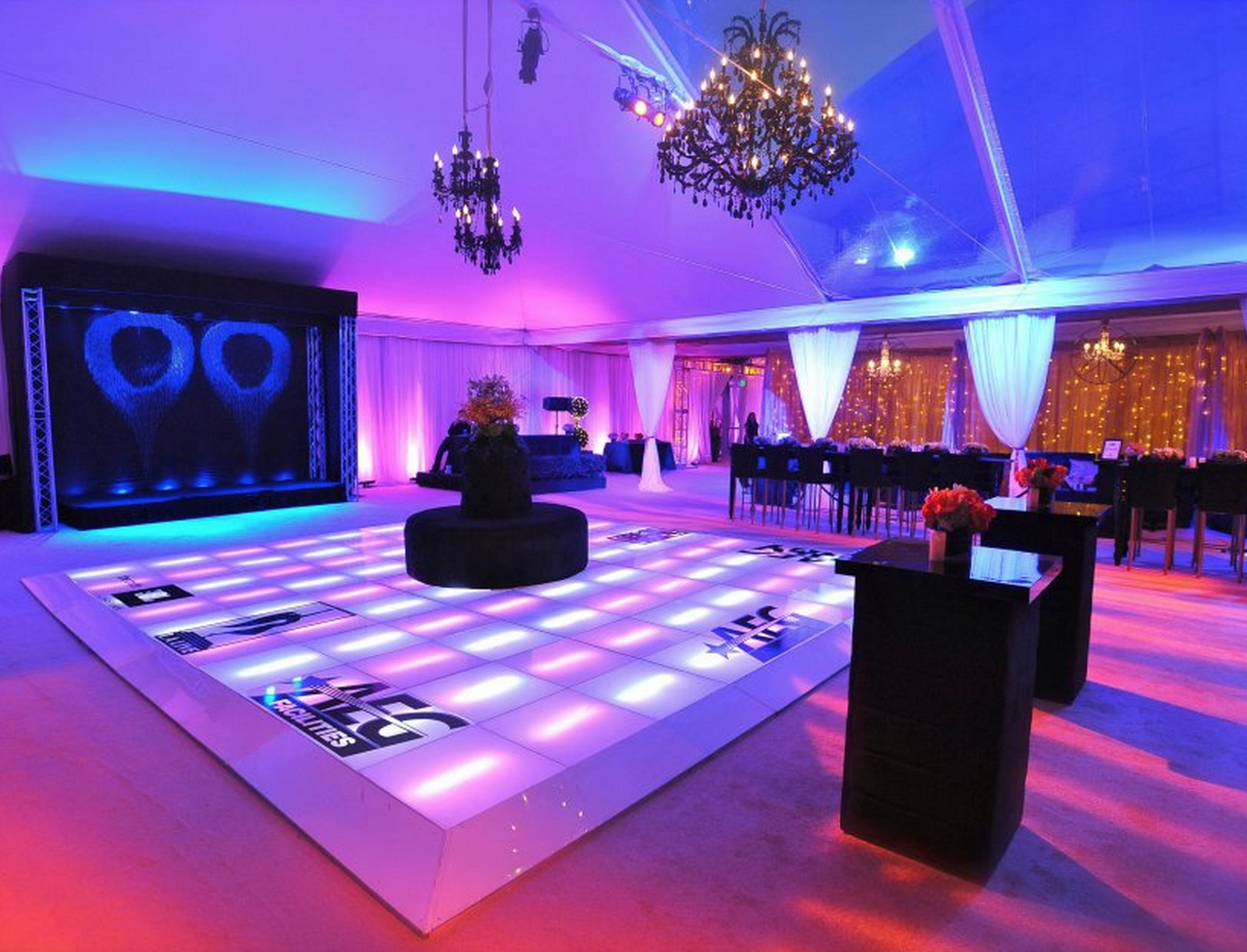Exploring the Diverse Materials That Convert Dance Surfaces into Stunning Visual Displays
Dance floors have developed considerably over the years, becoming more than just a space to move to melodies. Today, they are converted into stunning visual encounters through the use of various materials and technologies. These substances not only enhance the aesthetic attractiveness of the space but also improve the complete encounter for dancers and audiences alike. Understanding the versatile materials that contribute to these vibrant environments can provide understanding into the art of performance floor design.One of the primary frequent materials used in contemporary dance floors is light-emitting diode lighting. Light-emitting diode lamps are energy-efficient and can produce a broad range of hues and effects. They can be integrated in the floor directly or used as part of a illumination system above the dance floor. This technology allows for coordinated light displays that can change in response to the music, creating an engaging experience. The capability to program these lamps means that they can be tailored to match different themes or moods, making each event unique.

Another crucial substance is reflective materials, such as mirrors or shiny tiles. These surfaces can create an deception of space and dimension, making the dance floor appear larger than it actually is. When performers move, their reflections can add an extra layer of aesthetic interest, enhancing the go to website complete performance. Additionally, mirror-like materials can engage with lighting effects, amplifying the hues and designs displayed on the floor. This fusion of light and reflection can captivate spectators and elevate the vitality of the event.
In furthermore to lighting and mirror-like substances, the use of digital screens has grown increasingly common in dance floor design. These screens can show vibrant images, animations, or even live feeds of the show. By incorporating digital technology, event organizers can create a multi-sensory encounter that engages both the performers and the audience. The capability to alter visuals in actual time allows for a fluid environment that can adapt to the beat and energy of the music, making each moment feel new and exciting.
Additionally, the choice of flooring substance itself plays a crucial role in the overall experience. Traditional wooden dance floors are still preferred for their strength and performance qualities. However, more modern materials like synthetic and elastic are gaining favor due to their versatility and ease of care. These materials can provide better impact absorption, reducing the chance of harm for performers. Additionally, they can be designed with various patterns and colors, allowing for creative representation in the dance floor's appearance.
In conclusion, the transformation of dance floors into stunning visual experiences relies on a mix of creative substances and techniques. LED lighting, mirror-like surfaces, electronic screens, and customized flooring materials all add to creating an engaging setting for performers and spectators. As innovation continues to advance, the opportunities for enhancing dance floor creation will only grow, making upcoming occasions even more captivating and memorable. Understanding these substances helps value the artistry involved in creating spaces where movement and melodies come together in harmony.